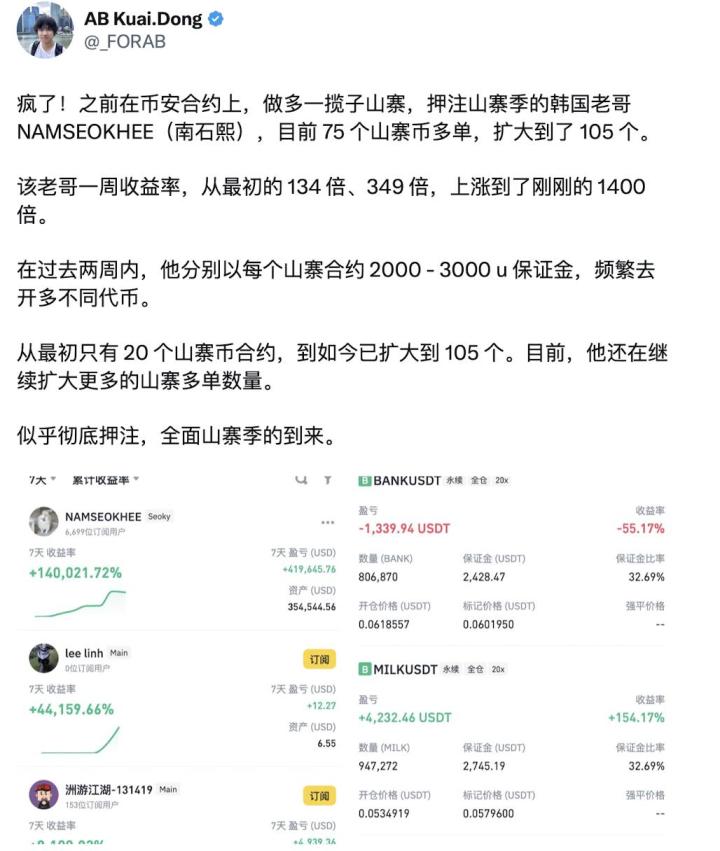Chainfeeds Preface:
AI and crypto are not a naturally compatible combination, but they provide each other with missing capabilities: AI enhances usability and intelligent decision-making, while Crypto provides structural trust and fair coordination mechanisms. Their intersection is a new starting point for the convergence of Web3 and machine intelligence.
Article Source:
https://chainofthought.xyz/p/mental-frameworks-for-ai-crypto
Article Author:
Teng Yan
Perspective:
Teng Yan: AI is rapidly forming initial application momentum in three directions: 1) Trading Agents: AI can real-time capture on-chain and market data, capture price differences, and execute arbitrage logic, adapting to rapidly changing markets; 2) Security and Threat Detection: AI agents can scan on-chain activities in real-time, detect phishing attacks or contract vulnerabilities, becoming an evolving on-chain defense layer; 3) Developer Assistance Tools: Leveraging language models, AI can now automatically write, audit, and even optimize Solidity smart contract code, greatly accelerating deployment speed and reducing error rates. These tools not only improve development efficiency but also make it easier for newcomers to participate in development. Overall, AI is becoming the underlying catalyst for driving the next round of user growth and development efficiency in the crypto field - starting from benefiting the geek community, gradually penetrating to ordinary users, and ultimately redefining the on-chain interaction experience. As AI model capabilities enhance and gradually gain autonomous decision-making abilities, many issues that were previously only academic discussions are quickly becoming real challenges. For example: Who owns the training data? How to verify the trustworthiness of model outputs? How to ensure behavior does not deviate from expectations in unsupervised systems? These are precisely the problem domains that crypto technology excels at solving. The core primitives in the crypto world are becoming key supports for AI compliance and explainability. For instance, zero-knowledge proof (ZK) technology allows developers to prove that a model produces a specified output under specific inputs without exposing the data itself; model source verification systems confirm result consistency through comparisons between multiple nodes, thereby preventing centralized model manipulation of outputs; privacy computing protocols (such as Nillion, Atoma) enable models to run on encrypted data, protecting user privacy without affecting training and inference capabilities; and decentralized AI networks like Bittensor connect data providers, computing power nodes, and trainers through on-chain economic incentive mechanisms, achieving open collaboration and shared benefits in model construction. When AI and crypto technologies converge, it's not just an overlay but triggers a series of second-order effects. For example, on-chain market automation: We are beginning to see scenarios of direct machine-to-machine trading and AI agents automatically interacting with smart contracts, with value flows occurring without human intervention; new collaborative models: Using crypto technology, multiple nodes can reach consensus on model training or task execution without relying on a single platform; platform trust migration: Moving from models and interfaces dependent on large tech companies to protocols and networks supported by on-chain verification mechanisms and crypto economic incentives. The biggest change behind this is the migration of trust systems. Traditional AI systems default to trusting platform providers (OpenAI, Google), whereas crypto-native AI is designed to be verifiable, attributable, and resistant to censorship, constructing an AI interaction structure that requires no trust. This model has the potential to redefine open computing, data markets, and automated economies.
Content Source








